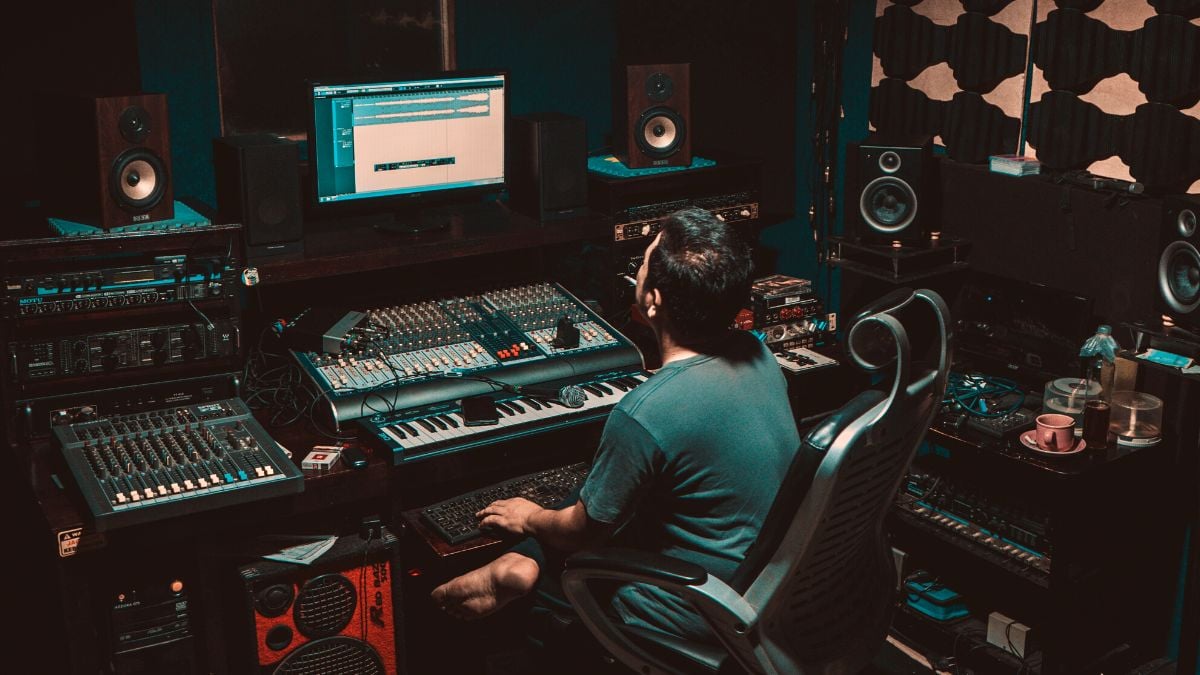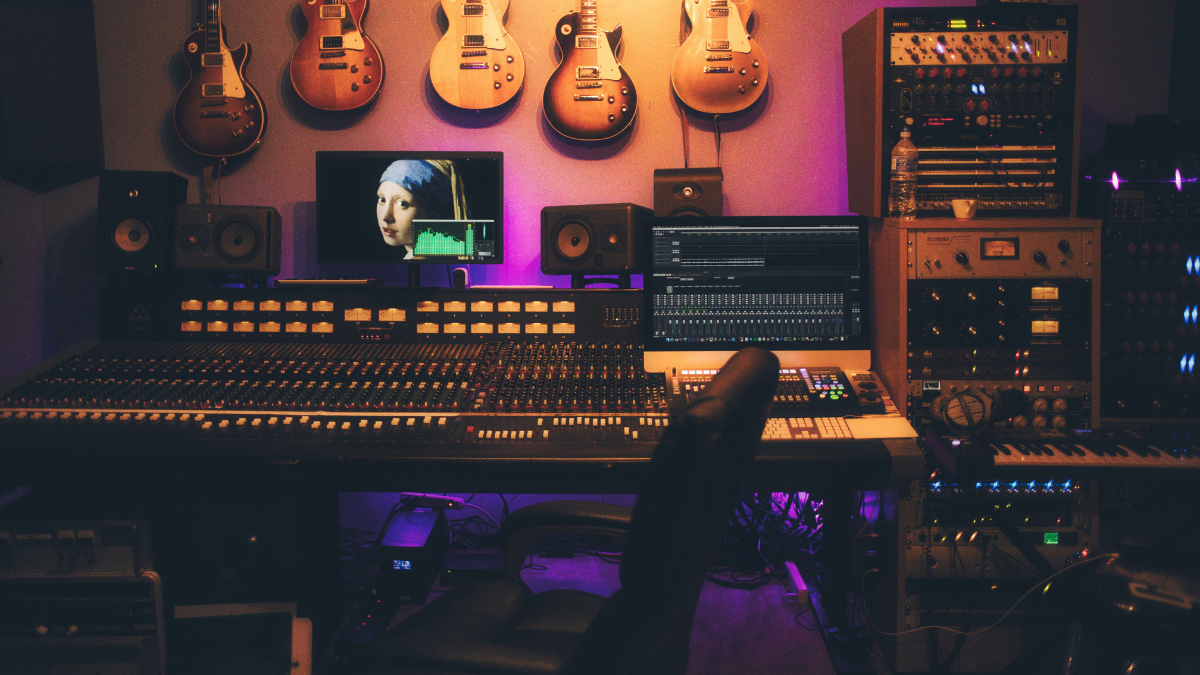Audio Frequency Range: Seven Crucial Zones You Need to Know

As a music producer, and especially as a mix engineer, it is absolutely vital that you are able to identify different frequency ranges just by listening.
Sure, you can use spectrum analysis vst plug-ins to help you out, but this is time-consuming, so you don't want to lean on them too heavily. Sooner or later, you will find out that you can hear sound much better than see it.
You need to be able to listen to a mix, identify problems with it, and react to them – and you can only do this if you can identify what the 'problem' frequencies are. Is this mix too boomy? Too harsh? Too thin? How do we alter our EQing to fix these issues?
In this article, we highlight the seven frequency ranges that you simply must be aware of, and we explain why they are important.
What are the frequency ranges in music?
A frequency region refers to a specific range of frequencies within the audible range of human hearing (typically 20 Hz to 20,000 Hz).
Understanding frequency regions is essential in audio mixing because it allows you to identify and isolate specific frequency ranges that may be causing problems, requires enhancement in a mix, or need any kind of treatment.
Listen to the 7 frequency ranges:
What are the 7 frequency ranges?
The only way that you are going to be accurately able to identify these zones through listening is with practice – both through mixing tracks and adapting a daily habit of audio ear training.
1. Sub-Bass (20-60hz)
This is the very lowest frequency band, between 20-60Hz. Many of these frequencies are almost 'felt' rather than heard. Your bass instruments and kick drum should often be represented in this range as this is where they will get their feeling of power. However, it is important that you control what is happening in this range too, as too much emphasis here will make your track sound muddy. This is an especially important consideration when making dance music where a heavy sub is required.
2. Bass (60-250hz)
The range from 60-250Hz. The meat of your rhythm section will be found here and by playing with this area, you can make the track sound fatter or thinner. Balance in this zone is really important – make sure that your kick and bass are not occupying exactly the same range of frequencies or they will mask each other. Remember also, that many other instruments such as guitar and piano contain frequencies in this area, and that could clutter up your mix if you don't pay attention to them when EQing. If your mix is over present in this area it will sound boomy.
3. Low Mids (250-500hz)
This is the range from 250-500Hz. Most musical instruments are present in this range to a greater or lesser extent, so again, getting the balance between them just right is vital. If you have too much going on in this range it can make instruments sound muffled. Many songs can sound muddy due to excess energy in this region. Not enough energy in the low-mids range will make your music sound thin.
4. Midrange (500-2000hz)
This is the range from 500-2000Hz. Too much energy in 500-1000Hz and your mix can have a 'honking' quality and instruments can take on a horn-like timbre. If there is too much happening between 1-2kHz, the mix can start to sound tinny. If the low mids are over-emphasized in your mix, it can lead to it being tiring to listen to as well.
5. High Mids (2-4khz)
The high mids are located between 2-4kHz. If your mix contains too many of these frequencies, it can also be tiring to listen to as it can sound harsh and brittle. Vocals are very prominent in this zone so it's worth considering making cuts to backing instruments within this range – particularly at around 3kHz. This will allow your vocals to push to the front of the mix without you having to turn them up. The attacks of percussive instruments are also often located in this zone; do you need more 'slap' on your kick or 'snap' on your snare? Then consider boosting them in this range.
6. Presence (4-6khz)
This is the frequency range that provides clarity and definition to your sounds. It is located between 4-6kHz. If you boost this range it can make mix elements feel closer to the listener. Conversely, if you cut here, it can make things sound more distant and transparent. This is the area to boost if you need more 'crispness' from your snare.
7. Brilliance (6-16khz)
The range is from 6-16kHz. Much of this range is composed of harmonics, and boosting it can add 'sparkle' to a sound. A boost on vocals can add 'air' to them, making them sound more polished and defined, but be careful as you can also add sibilance when you do this – this is especially true in the range from 7.5-10kHz. If you need a bit more brightness and 'sizzle' from cymbals and hi-hats, then this is the zone to boost. Again, however, if you have too much happening in this range, it can cause listener fatigue.
For hands-on practice don't miss our EQ Ear-Training tools in the EQ Playground.



Comments:
Apr 26, 2024
Apr 26, 2024
Apr 26, 2024
Login to comment on this post